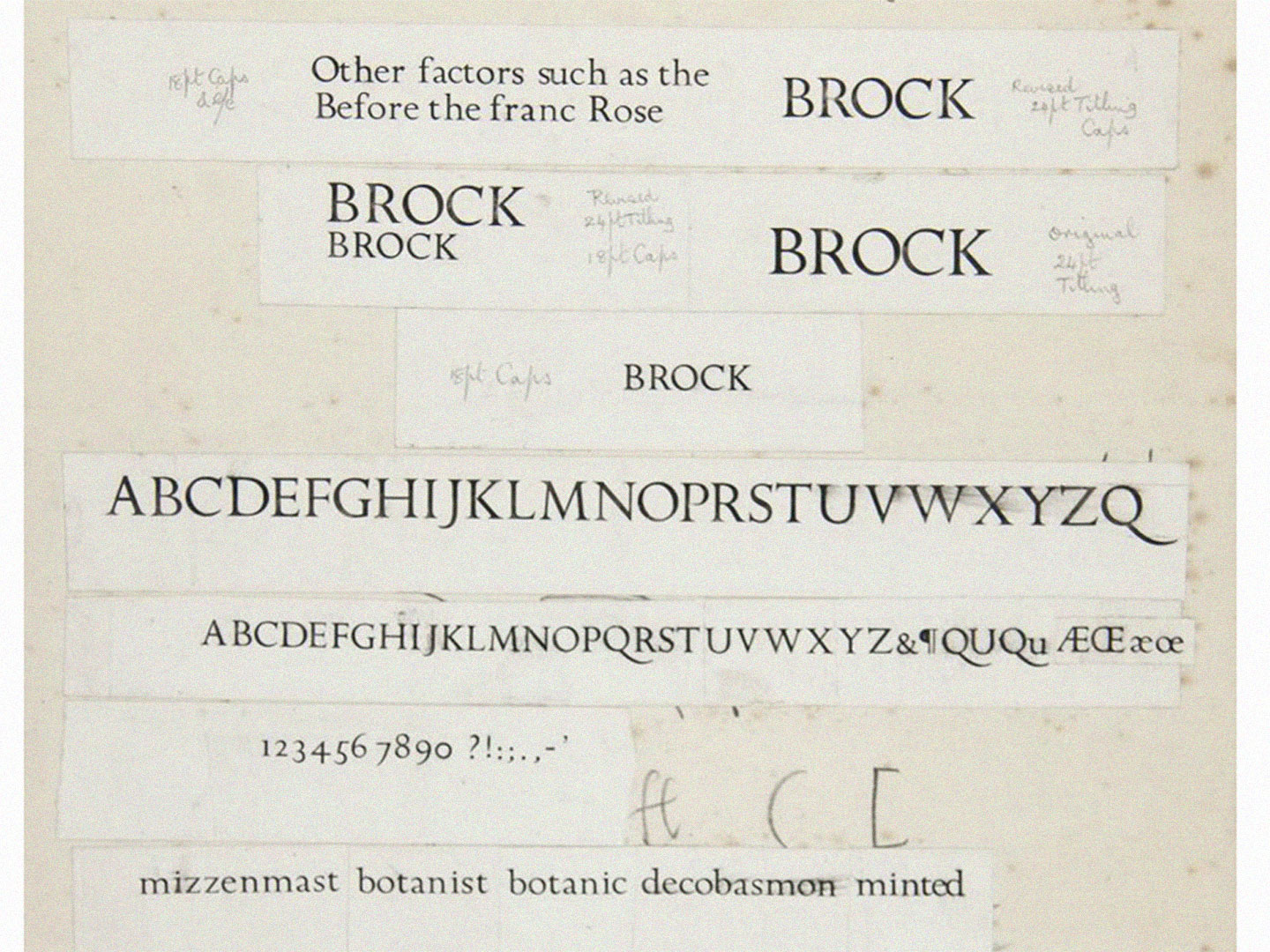The Gill papers are housed at UCLA’s Clark Library, thousands of miles away from England, where Gill, as a cultural product, means so much more. Why the distance?
In November 2017, an EA-18G Growler jet, part of Electronic Attack Squadron 130, rendered a phallus in the air in north-central Washington State, on the western edge of the Colville Indian Reservation. The area lies under the expansive Okanogan Military Operating Area (MOA). See → and →. In September 2017, a Royal Air Force pilot drew a thirty-five-mile-long penis over Lincolnshire. See →. In November 2014, the Royal Air Force denied that a fighter’s contrails floating over Moray, Scotland were an intentional skydrawing of a penis, claiming: “People sometimes look into the sky and see all sorts of things.” See →.
James C. Scott, The Art of Not Being Governed: An Anarchist History of Upland Southeast Asia (Yale University Press, 2009), 221.
Ibid., ix.
Tom F. Richardson, Public Relations in Local Government (Butterworth-Heinemann, 1988). Emphasis added.
The cover of this edition employs Joanna Nova font. See →.
For recent scholarship on “white chivalry,” see Crystal. N. Feimster, Southern Horrors: Women and the Politics of Rape and Lynching (Harvard University Press, 2009). For the “purity movement,” the white slave campaign of 1906, and the white “southern rape complex,” see Jacquelyn Dowd Hall, Revolt Against Chivalry: Jessie Daniel Ames and the Women’s Campaign Against Lynching (Columbia University Press, 1993). In the preface, Hall writes: “The ‘false chivalry’ of lynching cast (white) women as Christ-like symbols of racial purity and regional identity and translated every sign of black self-assertion into a metaphor for rape” (xxi).
“The process of securitization produces fetishization in relation to the issue of conflict-related sexual violence.” See Sara Meger, Rape Loot Pillage: The Political Economy of Sexual Violence in Armed Conflict (Oxford University Press, 2016), 20.
In April 2014, the ACLU of Washington State sued ICE for putting hunger strikers in solitary confinement at the Northwest Detention Center in Tacoma, Washington. Last year, a federal court authorized officials at the Stewart Detention Center, run by private prison company Corrections Corporation of America/CoreCivic, to restrain and force-feed a hunger-striking immigration detainee. According to reports, the hunger striker is Vitaly Novikov, a refugee from the former Soviet Union who is protesting ICE’s plans to deport him to the Ukraine. See →.
To April 29, 1945, Piazzale Loreto, Milan.
